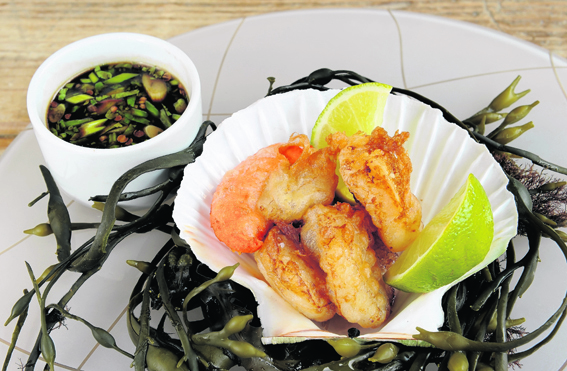The Scottish Government has announced additional restrictions on scallop fishing in an attempt to protect stocks.
Holyrood said yesterday the measures, which include an increased minimum landing size and a limit on the number of dredges that can be used in inshore waters, would help to “ensure long-term sustainability” for the fishery.
Industry leaders are mostly supportive of the move, but there is disappointment about there being no relaxation of an existing limit to the number of dredges allowed beyond 12 nautical miles.
The government acted after a 16-week consultation aimed at improving the management of scallop fishing Scottish waters.
Fisheries Secretary Richard Lochhead said: “The scallop sector is very important to many of our local communities and these management measures coming into force will help secure the long-term sustainability of the stock.
“Scottish vessels landed £32million worth of king scallops in 2013 and helped to sustain jobs in some of our most rural communities, both directly on fishing vessels and related industries like processing.
“However, there are concerns around the long-term health of the fishery – and stock assessments show that in some areas around the coast management needs to be enhanced to help conserve the stock.”
He added: “These management measures build on those introduced last year to help control scallop effort, where the entitlement to fish for scallops was suspended from those vessels that hadn’t targeted the fishery in recent years and the ability of vessels to increase their power was restricted.”
The latest measures are due to take effect in the spring of 2016 and will be kept under review to ensure the long-term sustainability of the fishery.
It is not proposed at this point to introduce any restrictions on the time that scallop vessels can spend at sea.
However, the government’s consultation outcome document advises that measures to limit effort in the fishery are explored with the other UK fisheries administrations in order to help “minimise displacement and ensure business flexibility is maintained”.
John Hermse, secretary of the scallop association, representing 70% of UK scallop fishers and processors, said: “We’re disappointed that there was no relaxation on the 14-dredge limit outside 12 nautical miles”.
Mr Hermse said the association was “happy enough” with the new 16-dredge limit within 12 nautical miles but it would have liked to see the new minimum landing size of just over four inches trialled for a few years to see what difference it made, and then possibly increased again.
